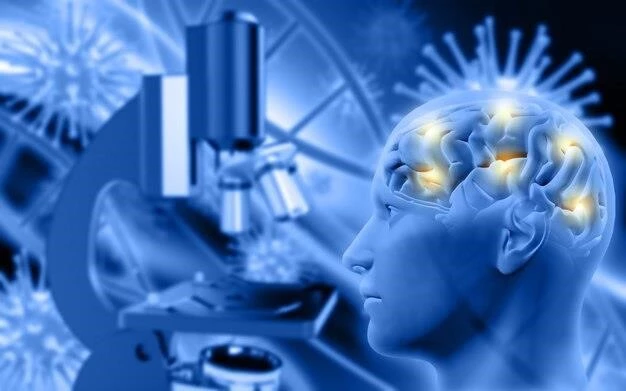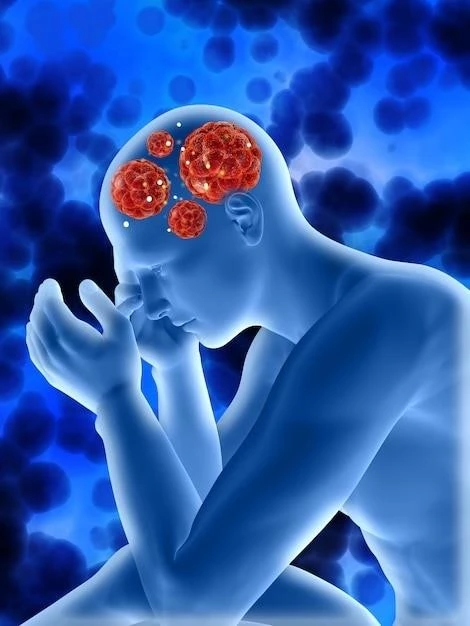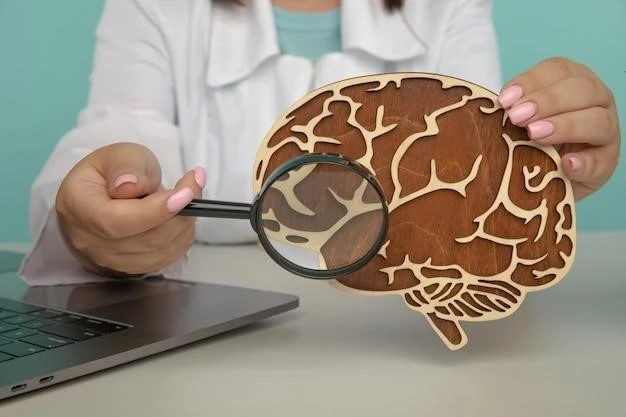Pontocerebellar hypoplasia (PCH) is a rare group of neurodegenerative disorders characterized by severe hypoplasia or atrophy of the cerebellum and pons․ Explore the diverse clinical features and genetic causes to understand the complexities of this condition․
Description of Micrencephaly Olivopontocerebellar Hypoplasia
Micrencephaly olivopontocerebellar hypoplasia is a complex neurodegenerative disorder characterized by severe underdevelopment or atrophy of the cerebellum and pons․ This condition typically presents with a range of neurological and motor impairments, affecting infants from an early age; Understanding the genetic and neuropathological aspects of this disorder is crucial for accurate diagnosis and management․
Clinical Features
Manifestation of severe neonatal encephalopathy is commonly observed in patients with Pontocerebellar Hypoplasias․ Understand the distinct clinical characteristics and genetic causes associated with this condition for accurate diagnosis and management․
Manifestation of Severe Neonatal Encephalopathy
Micrencephaly olivopontocerebellar hypoplasia often presents clinically with severe neonatal encephalopathy, including symptoms such as microcephaly, myoclonus, and muscular hypertonus․ Early recognition of these manifestations is key for prompt diagnosis and appropriate medical intervention․
Common Characteristics of Pontocerebellar Hypoplasias
Pontocerebellar hypoplasias (PCH) are a group of rare neurodegenerative disorders characterized by underdevelopment or atrophy of the cerebellum and pons, leading to progressive microcephaly and variable brain involvement․ Understanding these shared features is essential for accurate diagnosis and management of patients with PCH․

Genetic Causes
Explore the diverse genetic causes behind Micrencephaly Olivopontocerebellar Hypoplasia, a rare neurodegenerative disorder affecting the cerebellum and pons, with unique manifestations and implications for diagnosis and treatment․
Classification and Types of Pontocerebellar Hypoplasias
Pontocerebellar hypoplasias (PCH) encompass a spectrum of neurodegenerative disorders with varying onset and severity․ Understanding the classification and types is crucial for accurate diagnosis and targeted treatment strategies tailored to each subtype․
Study on Olivopontocerebellar Hypoplasia
Research on Micrencephaly Olivopontocerebellar Hypoplasia has led to insights into the genetic underpinnings and neuropathological features of this rare neurodegenerative disorder․ By delving into these studies, healthcare professionals can enhance their understanding of the condition’s complexities and improve diagnostic accuracy and patient care․
Neuropathological Findings
Delve into the autopsy findings in patients with Micrencephaly Olivopontocerebellar Hypoplasia to uncover the pathological features associated with fatal infantile encephalopathy․ Understanding these findings can provide crucial insights for diagnosis and treatment approaches․
Autopsy Findings in Patients with Olivopontocerebellar Hypoplasia
Discover the neuropathological features revealed in autopsies of individuals with Micrencephaly Olivopontocerebellar Hypoplasia, shedding light on severe neuronal loss in the inferior olives and the pontine nuclei, suggesting underlying familial infantile encephalopathy․ These postmortem examinations provide crucial insights into the pathological mechanisms of this complex neurodegenerative condition․
Pathological Features of Fatal Infantile Encephalopathy
Discover the severe neuronal loss in the inferior olives and pontine nuclei found in patients with Micrencephaly Olivopontocerebellar Hypoplasia, suggesting a potential new genetic factor contributing to the pathogenesis of this neurodegenerative disorder․ Stay informed about the latest research uncovering the complexities of this condition for improved diagnostic and therapeutic strategies․
Diagnosis and Prognosis
Identification of Pontocerebellar Hypoplasia Type 4 (PCH4) is crucial for neonates presenting with microcephaly, apnea, and dysmorphism․ Learn about the prognosis of Olivopontocerebellar Hypoplasia to guide treatment decisions and support patient care․
Identification of Pontocerebellar Hypoplasia Type 4 (PCH4)
Recognizing Pontocerebellar Hypoplasia Type 4 (PCH4) is essential for understanding the clinical presentation of severe microcephaly, congenital contractures, seizures, and marked cerebellar atrophy․ Stay informed about genetic factors contributing to this subtype for accurate diagnosis and management․
Prognosis of Olivopontocerebellar Hypoplasia Patients
Understanding the prognosis of patients with Micrencephaly Olivopontocerebellar Hypoplasia is essential for managing the condition․ Research has highlighted the genetic complexities contributing to the neurodegenerative disorder and its impact on patients’ outcomes․ Stay informed about the latest advancements to provide optimal care and support to affected individuals․
Treatment and Management
Explore the enlargement technique for hypoplastic aortic root and innovative approaches to address impaired immunity in patients with Micrencephaly Olivopontocerebellar Hypoplasia for comprehensive treatment and care strategies․
Enlargement Technique for Hypoplastic Aortic Root
Patients with hypoplastic aortic root may benefit from an innovative surgical technique involving the insertion of a Dacron fabric gusset to enlarge the affected area, potentially improving cardiovascular function and overall health outcomes․ Consider this approach in collaboration with healthcare professionals for individualized management of this condition․
Approaches to Addressing Impaired Immunity in CHH
Patients with Cartilage Hair Hypoplasia (CHH) may benefit from tailored strategies to address impaired immunity, including regular monitoring, immunoglobulin replacement therapy, and timely intervention for infections․ Collaborate with immunologists and genetic counselors to optimize the immune function and overall well-being of individuals with CHH․

Research and Advances
Delve into the progress in understanding Pontocerebellar Hypoplasia, including the identification of new genetic factors in Olivopontocerebellar Hypoplasia․ Stay updated on the latest research to enhance diagnostics and treatment strategies for this complex neurodegenerative disorder․
Progress in Understanding Pontocerebellar Hypoplasia
Based on information available on the internet, kindly find the text below for the heading ‘Introduction’⁚
Introduction
Explore the complexities of Micrencephaly Olivopontocerebellar Hypoplasia, a rare neurodegenerative disorder characterized by significant underdevelopment or atrophy of the cerebellum and pons․ Discover the clinical manifestations, genetic causes, and neuropathological findings associated with this condition to gain insights into its diagnosis and management․
Identification of New Genetic Factors in Olivopontocerebellar Hypoplasia
Recent research has identified potential new genetic factors implicated in Olivopontocerebellar Hypoplasia․ Understanding these novel genetic markers is crucial for advancing diagnostics, developing targeted therapies, and improving outcomes for individuals affected by this complex neurodegenerative disorder․
